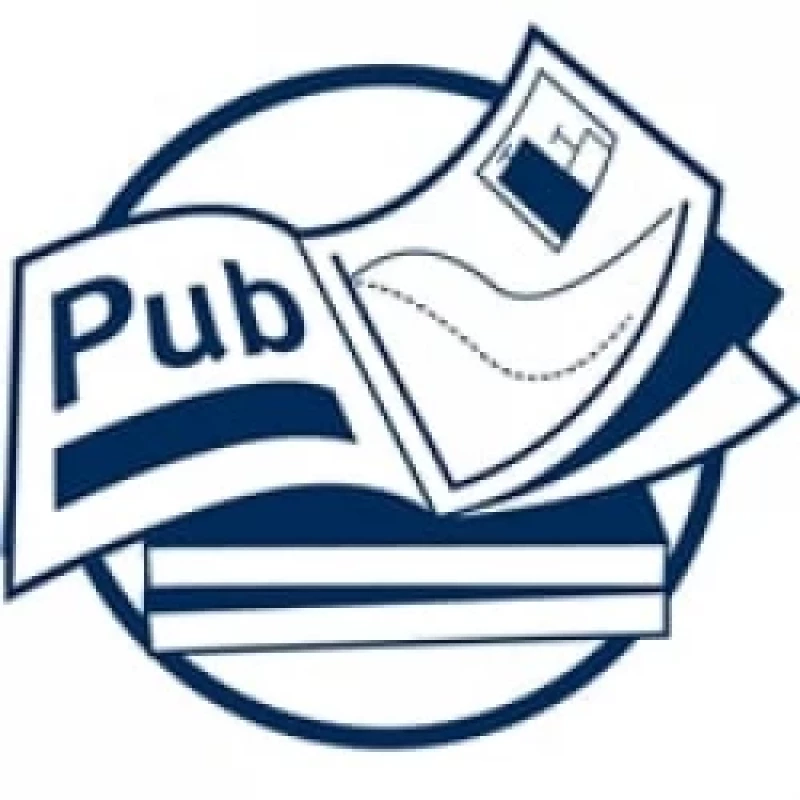TABLE OF CONTENTS
1.1 INTRODUCTION
1.2 WHAT
IS DIGITAL PRESERVATION
1.3 TYPES
OF DIGITAL PRESERVATION
1.4 CURRENT
ISSUES IN DIGITAL PRESERVATION
1.5 PRESERVATION
STRATEGIES
1.6 BENEFITS
OF DIGITAL PRESERVATION
1.7 CONCLUSION
REFERENCES
1.1 INTRODUCTION
The developments in information communication technologies notably digitization has provided a new outlook to libraries, archives and museums. Digital preservation is a vital part of the creation and management of digital collections. If we do not have a proper preservation strategy, digital information one day will be inaccessible totally. The prime reason for delicacy in digital technology includes frequent updating of application software, OS, other related technologies and their quick obsolescence (Granger, 2000). Active digital preservation is one way to overcome the obsolesce of application software and operating system problems. The applications of digital technologies are well recognized and its use in libraries, archives and museums appear to be quite obvious. However, there are numerous key related areas in the long-term digital preservation are still unanswered. ( Somipam R. Shimray, 2018).
The rapidly evolving digital technologies have led to the creation of digital resources within academic institutions the world over. With the advent of these technologies, digital preservation is thus becoming a necessity to ensure that digital resources are accessible over the long term. Digital preservation involves the application of preservation methods, technologies and strategies to ensure access to Reformatted and born digital content regardless of the challenges of technological changes (Day 2006). The three leg stool model by Kenney and McGovern’s (2003) also combines hardware and software, file formats and storage media as a means to ensure continued access to digital resources. Digital resources are thus dependent on hardware and software to render them intelligible. As a result, new technologies are being implemented in academic libraries to support digital preservation programmers. These include DSpace, Fedora, E-prints, Greenstone, Innovative, I-T, Archive matica, Rosetta, Tesella, just to name a few. These software and technologies are intended to provide academic institutions with the capability to create, capture, store, preserve, track and retrieve digital resources, regardless of the format (Rosa, Craveiro & Dominques 2017).
Rosenthal et al. (2005) described the goal of any digital preservation system to ensure that the information it contains remains accessible to users over a long period of time. However, for the past few years, academic institutions have been grappling with how to preserve the digital resources they produce. Literature indicates that the academic institutions are faced with the challenge of making sure that users can access the content that has been ingested into the institutional repositories (IRs) and other archives in the past because of technological obsolescence. The Council of Canadian Academies (2015) regards technological obsolescence as a major issue as it poses challenges of maintenance and safeguarding the digital resources for keeping long term. Hedstrom and Lee (2002) concurred that digital resources present more complex problems than conventional analogue as newer digital technologies rapidly appear and older ones are outdated, and information that relies on obsolete technologies soon becomes inaccessible. As a result, some digitized materials have been lost and to date remain inaccessible because of the original software being outdated or incompatible with modern operating systems (Sigauke & Nengomasha 2011).
Asogwa (2011) also investigated the challenges of preservation of archives and records in the electronic age at Nigerian universities. The key findings cited several challenges that include copyright issues, technological obsolescence, lack of technical expertise in preserving digital resources, inadequate funding, increasing cost of payment for electronic databases and inadequate information and communication technologies (ICTs) infrastructures. However, Rahman and Mohammedul-Islam (2012) pointed out that any library in this digital environment has to cope with new technology for preserving the digital information for its users and to sustain itself. The best digital preservation practices thus involve developing a proper technological infrastructure, which includes communication network platforms, hardware and software to support workflows for efficient and effective digital preservation and to provide easy access to digital content. All these systems must conform to ISO 17799, an information security code of practice. It is therefore crucial in this study to identify and examine the systems and technologies being used to support digital preservation within academic libraries. (Sigauke & Nengomasha, 2011).
Click “DOWNLOAD NOW” below to get the complete Seminar
FOR QUICK HELP CHAT WITH US NOW!
+(234) 0814 780 1594
Buyers has the right to create
dispute within seven (7) days of purchase for 100% refund request when
you experience issue with the file received.
Dispute can only be created when
you receive a corrupt file, a wrong file or irregularities in the table of
contents and content of the file you received.
ProjectShelve.com shall either
provide the appropriate file within 48hrs or
send refund excluding your bank transaction charges. Term and
Conditions are applied.
Buyers are expected to confirm
that the material you are paying for is available on our website
ProjectShelve.com and you have selected the right material, you have also gone
through the preliminary pages and it interests you before payment. DO NOT MAKE
BANK PAYMENT IF YOUR TOPIC IS NOT ON THE WEBSITE.
In case of payment for a
material not available on ProjectShelve.com, the management of
ProjectShelve.com has the right to keep your money until you send a topic that
is available on our website within 48 hours.
You cannot change topic after
receiving material of the topic you ordered and paid for.
![Business Plan]() Business Plan 158
Business Plan 158
![Job Aptitude Test]() Job Aptitude Test 3
Job Aptitude Test 3
![Feasibility Study]() Feasibility Study 44
Feasibility Study 44
![Software License]() Software License 6
Software License 6
![Training Manual]() Training Manual 2
Training Manual 2











Login To Comment